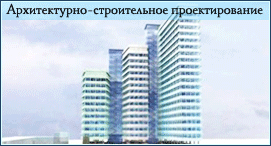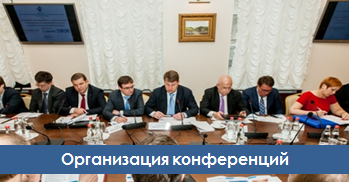Bilateral trade: Current trends and need for new ideas
March 13, 2015 Viktor Kuzmin, specially for RIRBilateral trade between India and Russia declined in 2014, largely due to the dip in Russian exports. Viktor Kuzmin analyses latest trends, and maps the way forward for reviving and enhancing the two-way trade between the two strategic partners.

It is possible that in 2015 India will be able to maintain the positive momentum for its exports to Russia. Source: Sergey Krasnouhov / RIA NovostiThe Russia-India trade turnover is decreasing for the second year in a row, a downward slide from the peak of 2012. According to the Federal Customs Service of Russia, at the end of 2014 it dropped by $ 0.6 more billion — to $ 9.5 billion. The dip is largely because of the Russian export going down for two consecutive years. In 2014, it decreased by 9.3%, compared to the previous year, which was estimated to be around $ 6.3 billion. It was back in 2010 that the Russian export hit this low. Supplies from India, on the contrary, are gradually growing. Not too fast, but for quite a long time — at least from 2009. In 2014, the supply volume grew again — by 2.6%, reaching $ 3.2 billion.
Vitaly Derbedenev, General Director of FOC, is convinced that the main reason for the drop in trade volumes drop is the end of major bilateral projects. In 2013, the new block of NPP Kudankulam was commissioned, and the second unit is scheduled to start operating only in 2015. In addition, in 2013 Russia delivered the aircraft carrier Vikramaditya and six frigates, he reminded. The director of regional ratings department at Rus-Rating Anton Tabah also linked the trade volume reduction with the completion of several large contracts in the defence sector and the delay in the launch of new ones. In addition, he said, the estimates of trade flows in US dollars were affected by the weakening of national currencies of Russia and India — the ruble and the rupee. For now it should not cause much of a concern — arms contracts are expected, and the turnover in the more traditional sectors is stable enough, he told RIR.
Protectionist measures
However, one can’t say that things are going smoothly in bilateral trade. According to the data from the Russian Ministry of Economic Development, both countries apply measures to each other to restrict trade and protect the domestic market. Moreover, when Russia applies one special protective and one anti-dumping measure, India responds with five anti-dumping and three special ones. Besides, there are three dumping investigations underway focused on Russian goods and three special protective investigations.
India is one of the few countries where the major part of Russian exported products are not resources traditional for the northern country, but the products of higher degrees of processing — machinery, equipment and vehicles. However, last year the share of such goods in the overall structure of Russian exports shrank markedly — from 54.5% to 36.7%.
The largest increase of export growth volume was accounted by precious stones and metals (27.9%), chemical products (15.62%), mineral products (25.4%), wood pulp and paper products (14%). The record growth rate of Russian exports fell on agricultural and food stuff — 53.4%. However, in absolute terms, at the moment the volume is still small –a little over $ 22 million. As for last year’s export leader from the Indian side, it was the jewellery. In the last year the deliveries under the categories pearls, precious stones and metals increased by 440.6% — reaching nearly $123 million. The supplies of wood and pulp and paper products also showed a significant growth of 41%.
Banking on Bovine Meat
It is possible that in 2015 India will be able to maintain the positive momentum for its exports to Russia. In late 2014 Rosselkhoznadzor and Export Promotion Council of India for agricultural products identified and agreed on the conditions for the supplies of Indian buffalo meat that can bring significant profits to Indian exporters as early as in 2015. Russia’s ban on the supply of agricultural products from the United States and Europe, imposed in the second half of last year, has led to an increase of domestic production of meat in Russia, but it’s not enough yet to fully meet the demand. It especially concerns the segment of cattle, which is the trump card that Indian suppliers can play. Their main competitors in this area may become exporters from Brazil. As for technologies sector, the possible launch of a joint production of modules GLONASS may significantly affect the trade volumes. Yet Derbedenev sees the greatest prospect in expanding cooperation in traditional areas — armaments and the construction of nuclear power plants. In both these areas the quality of Russian supplies is competitive against international best practice,he said.




